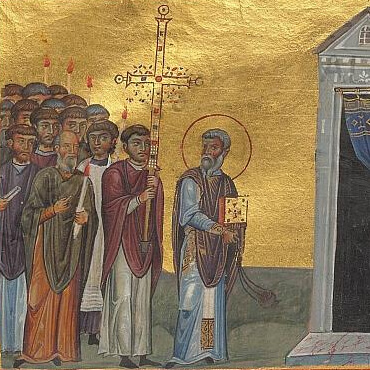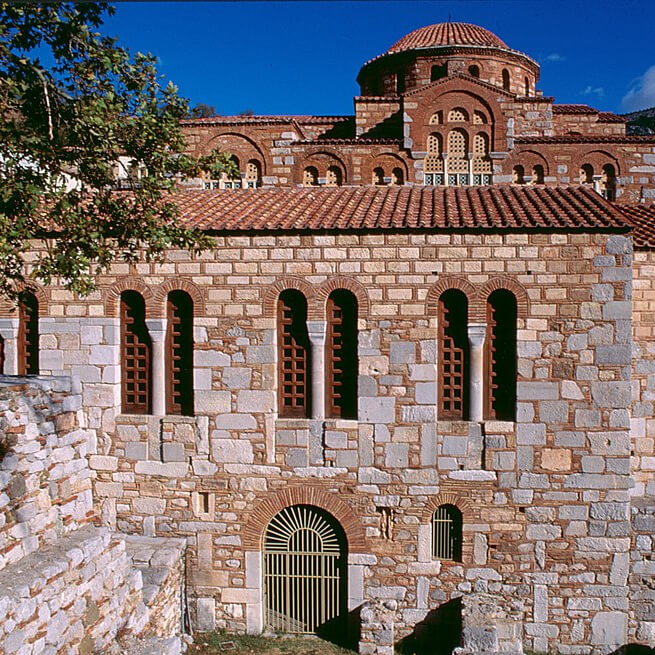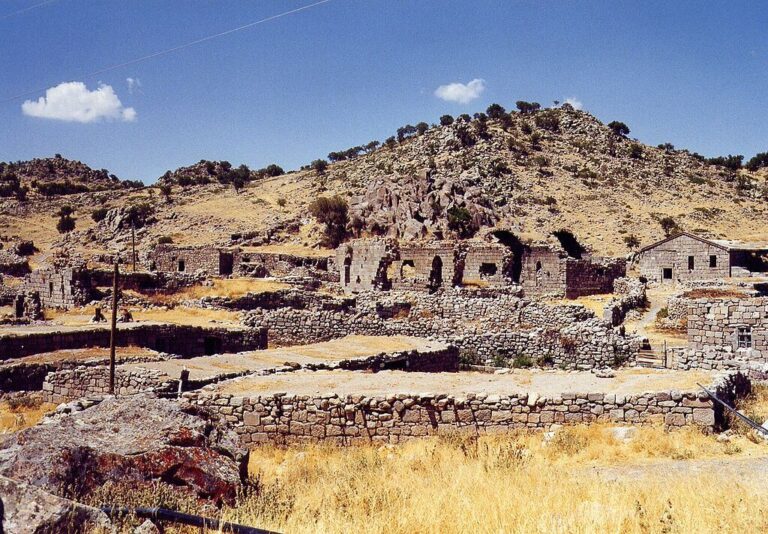Remains of an iron-chained Byzantine Monk discovered in Israel
Archaeologists have unearthed the remains of a 1,500-year-old monk who was buried with iron rings around his neck, hands, and feet at Khirbat el-Masani in Israel. The site is home to a Byzantine-Era church that was once part of a monastery and road inn for traveling pilgrims.
The church, which may have been dedicated to Saint Zachary by the priest Sabinus, is built using limestone ashlars and is partly rock-cut. During recent excavations, archaeologists found the monk’s remains in a cist grave next to two small closed cells in the central apse of the church.
The iron rings, which weigh tens of kilograms, are believed to be symbolic of the monk’s ascetic lifestyle. Monks who followed asceticism lived a life characterized by abstinence from sensual pleasures in pursuit of salvation, redemption from sin, or spirituality. More extreme forms of asceticism included chaining the body to rocks or within a cell, solitary confinement, and self-inflicted pain.
The monk found at Khirbat el-Masani likely lived in or near the church compound, placing himself in seclusion while chained inside a closed cell. This practice originated in Syria in the 4th or 5th century AD and spread as far south as the Jerusalem region during the Byzantine period. It was one of many different ascetic practices that emerged during the Byzantine era, another famous one being stylism, where people isolated themselves on top of high columns.
Another example of this extreme asceticism was previously discovered at Giv’at HaMatos near the Mar Elias Monastery, where archaeologists found the burial of a man wearing iron chains around his upper body in a subterranean cave consisting of two cubicles.





